Managing Scrub for Nightingales
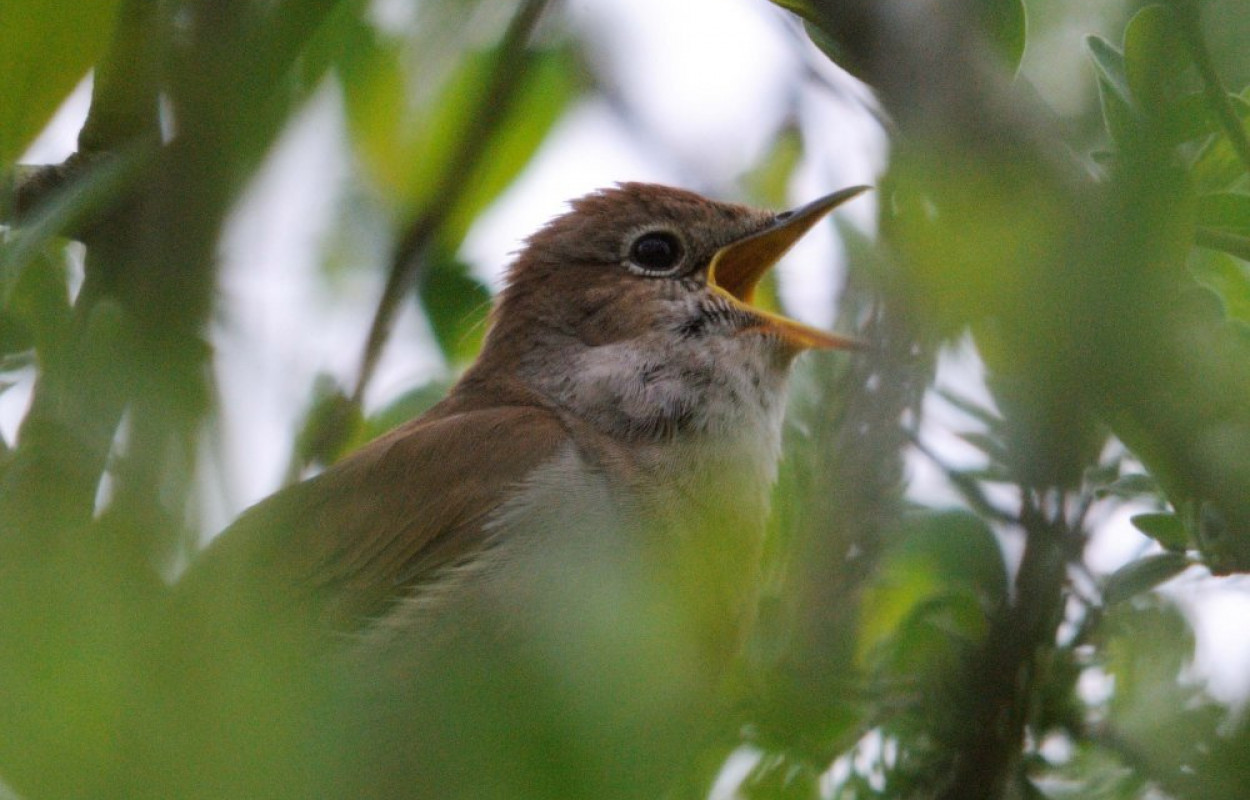
Published: April 2015 Issue No.: 1
Download article 4.84 MB application/pdf
Habitat quality is a central concept in species conservation. Key resources must be available if a species is to breed successfully and maintain high survival. BTO work has identified critical elements of habitat for the Nightingale, a species celebrated for its remarkable song. This information has been summarised in a Conservation Advice Note – the first of its kind for the BTO.
A declining species of early successional habitat
The Nightingale arrives in Britain from its wintering quarters in West Africa in April and stays for barely three months. The British breeding range has contracted by 43% in the last 40 years and numbers are thought to have reduced by more than 90% since the 1960s (Holt et al. 2012). Interestingly, the species has shown a large shift in habitat use. BTO surveys show that in the 1970s, about a quarter of territories were in scrub, with the rest mainly in woodland. More recent surveys reveal an increasing association with scrub habitats (Wilson et al. 2002, Holt et al. 2012). Coppiced woodland has traditionally been regarded as a prime habitat, but numbers in actively managed coppice now appear to be very low.
Habitat needs in detail
Understanding the finer points of habitat requirements is essential for successful conservation of any species. In the case of the Nightingale, the requirements are very specific and suitable conditions are transient. Dense continuous vegetation, up to two metres above ground level, provides critical cover for singing Nightingales (Wilson et al. 2005). These birds feed on invertebrates on the ground and require bare patches or short vegetation which presumably aids detection of prey. Additionally, areas of dense field layer vegetation, such as nettles, can provide nest sites. The highest concentrations of breeding Nightingales now occur where all these habitat elements are available in close proximity. Such sites are typically scrub mosaics, usually at fairly low altitude and often in proximity to water.
In the absence of intervention, this combination of vegetation structures disappears as trees grow and the low vegetation is shaded out. Once the scrub starts to become ‘leggy’, with few areas of impenetrable thicket, it is no longer suitable for Nightingales. Small isolated scrub patches are seldom occupied unless local density is high. Heavy grazing pressure from deer can reduce habitat quality in coppice (Holt et al. 2010). It is less clear that this is such an important issue in scrub, where it is thought that a moderate level of grazing may help to maintain suitable habitat mosaics. However, when grazing pressure is high, additional measures might be required e.g. rabbit or deer fencing, to allow regeneration or to protect vegetation at the edge of scrub patches.
Approaches to managing scrub
Management that maximises the area of scrub at the vigorous thicket stage is needed for Nightingales. This typically involves rotational cutting on a 10-15 year cycle depending on site conditions. It is better to maintain a coarse-grained mosaic by cutting reasonable-sized blocks rather than many very small and widely dispersed patches of different growth stages. In mature Blackthorn scrub, an effective technique is to cut partially through the stems and layer them over a substantial area to create a ‘protective shield’ through which new regeneration can grow. In the long term it is uncertain whether rotational cutting of established scrub will provide such good quality habitat as pioneer scrub mosaics regenerating on formerly open land (Fuller 2012). Continued monitoring of Nightingales at sites where management of scrub is being conducted would be highly valuable as there is much to learn about how best to manage such ephemeral habitats.
Notes
Fuller, R. J. 2012. Avian responses to transitional habitats in temperate landscapes: woodland edges and young-growth. Birds and Habitat: Relationships in Changing Landscapes (ed R.J.Fuller), pp. 125-149. Cambridge University Press, Cambridge.
Holt, C. A., Fuller, R. J. & Dolman, P. M. 2010. Experimental evidence that deer browsing reduces habitat suitability for breeding Common Nightingales Luscinia megarhynchos. Ibis, 152, 335-346.
Holt, C.A., Hewson, C.M. & Fuller, R.J. 2012. The Nightingale in Britain: status, ecology and conservation needs. British Birds, 105, 172-187.
Wilson, A. M., Fuller, R. J., Day, C. & Smith, G. 2005. Nightingales Luscinia megarhynchos in scrub habitats in the southern fens of East Anglia, England: associations with soil type and vegetation structure. Ibis, 147, 498-511.
Wilson, A. M., Henderson, A. C. B. & Fuller, R. J. 2002. Status of the Nightingale Luscinia megarhynchos in Britain at the end of the 20th Century with particular reference to climate change. Bird Study, 49, 193-204.
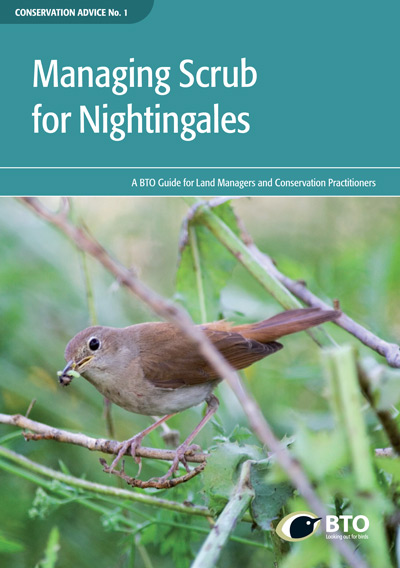


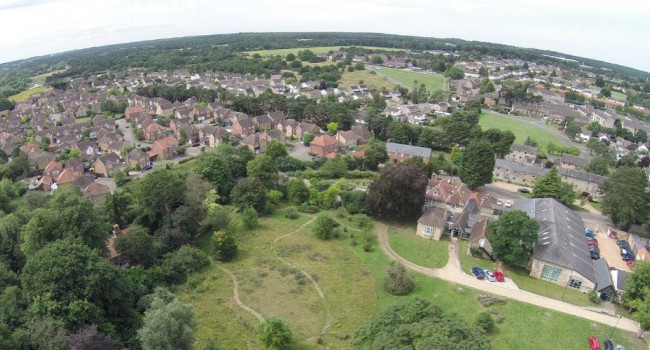
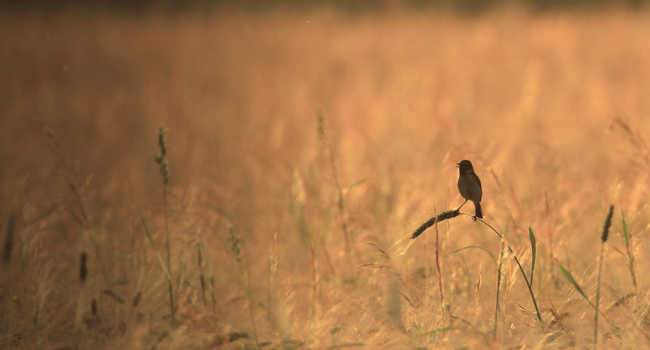
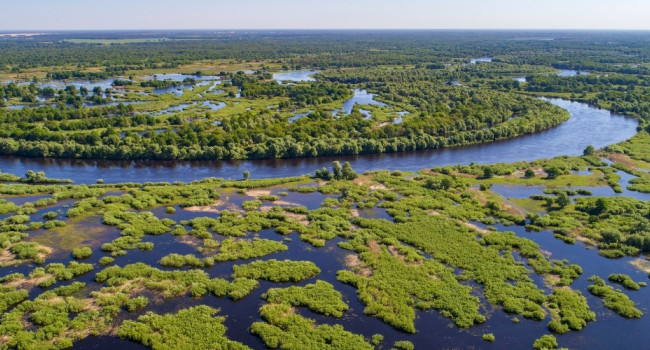

Share this page